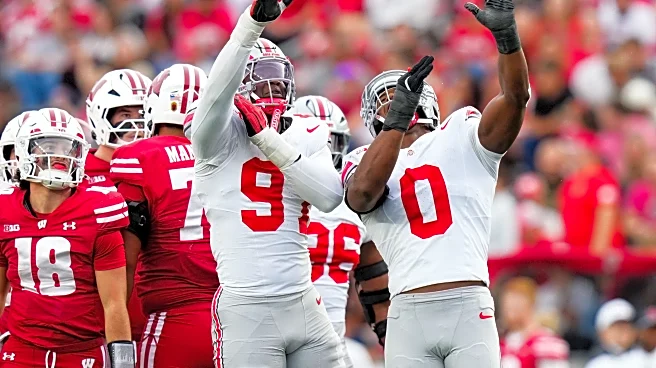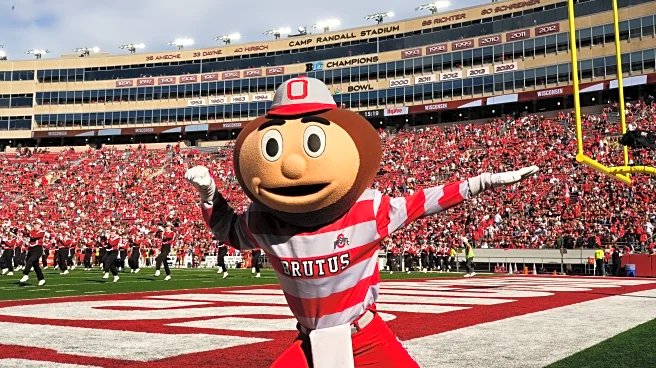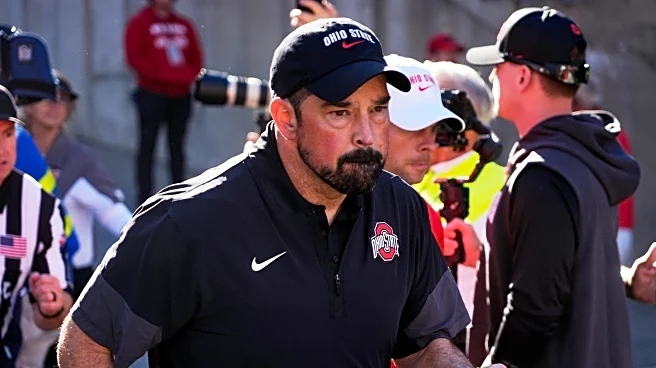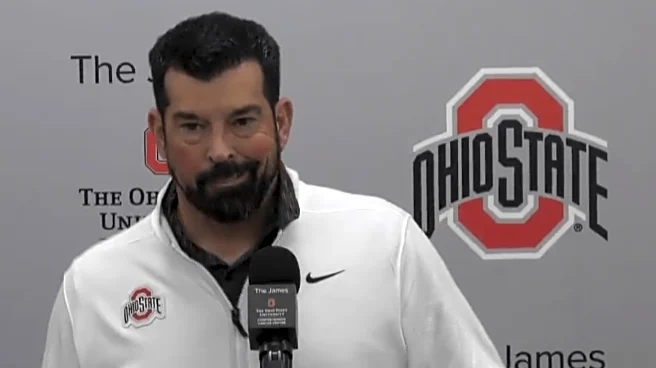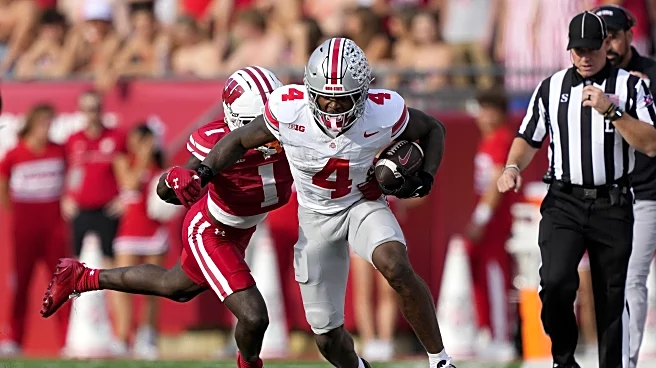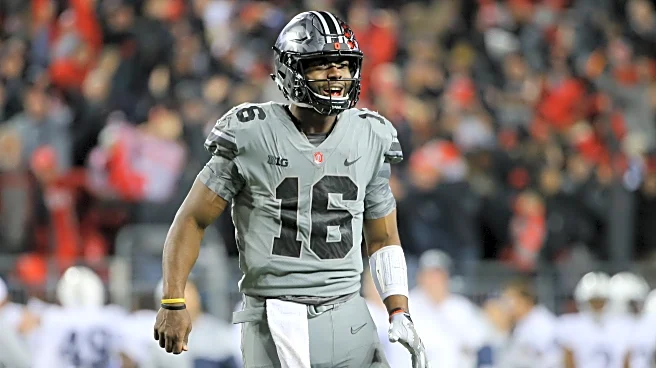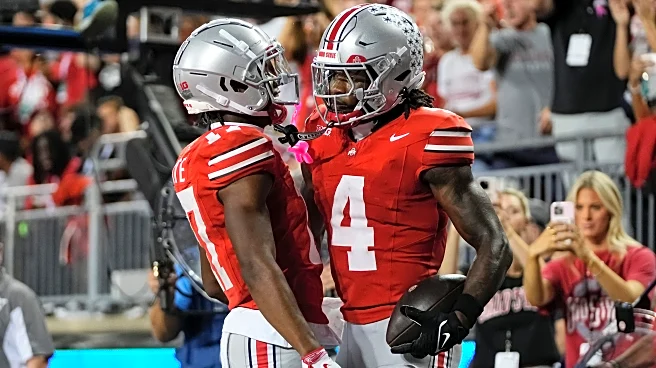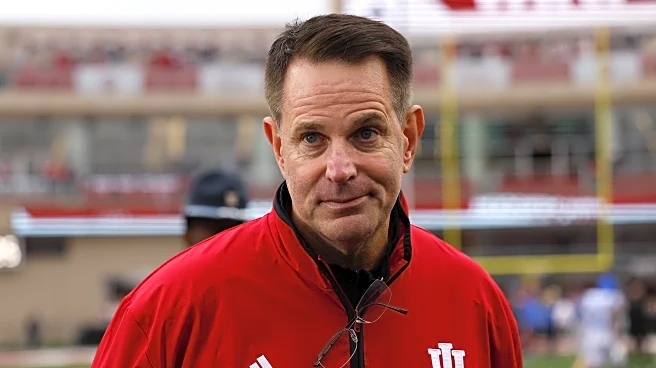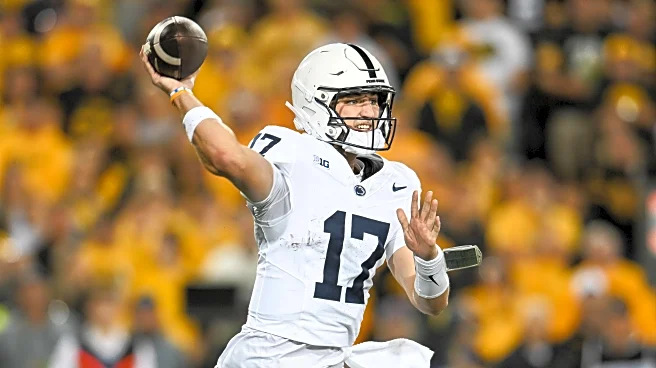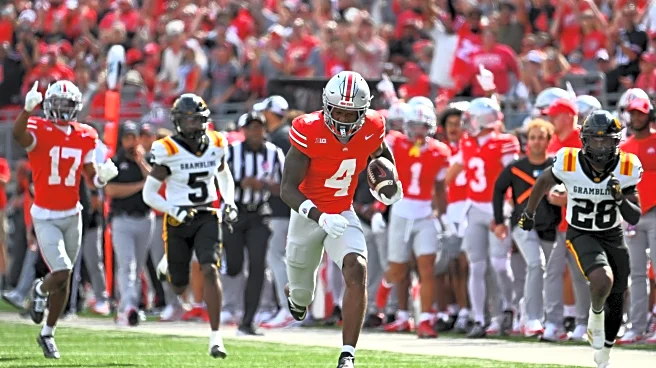In an age of coaching turnover, booster collectives and headline-grabbing NIL deals, Ohio State is quietly winning a different sort of recruiting battle: the argument for steadiness.
The Buckeyes’ selling
point in recruiting rooms this fall has been less about an individual payday or a single flashy promise and more about a predictable process, consistent coaching, a clear developmental pathway to the NFL, and institutional NIL scaffolding that reduces risk for families.
That combination is proving persuasive with elite prospects who want certainty as much as they want exposure.
There are obvious reasons that pitch lands. Ryan Day’s staff remained largely intact through the offseason and into the year, with high-profile internal promotions and targeted additions, most notably Brian Hartline’s elevation on offense and Matt Patricia’s arrival to run the defense.
Giving recruits a clear message — this is a staff that will stick around, teach pro concepts, and deliver on the kind of player development NFL scouts respect. Those moves were formalized by the program in February and have shaped the staff’s recruiting approach ever since.
The development argument has teeth. Ohio State tied a program record with 14 players selected in the 2025 NFL Draft, a tangible data point coaches use in pitch rooms and official visits. Come to Columbus and you’ll be coached into pro opportunities.
That cascading evidence, top coaching, repeatable NFL outcomes, turns recruiting conversations from hypotheticals into results-driven narratives. For blue-chip prospects weighing multiple power programs, that kind of demonstrable pathway is persuasive.
Stability in the NIL era matters, too. Ohio State’s athletics department publishes clear student-athlete NIL guidelines and provides compliance and education support that helps players navigate deals responsibly. That structure reduces the family risk calculus, recruits still get access to NIL opportunities, but they also get compliance oversight and institutional resources that limit bad actors and eligibility mistakes.
In an environment where headline one-off payments can feel unpredictable, Ohio State’s message of “we’ll help you build a sustainable brand” is resonating in private conversations.
The benefits are practical and immediate. Stability helps Ohio State close late-cycle conversations and flip targets who want a low-variance path to the pros. The program’s 2026 board already reads like a national class built at scale, a mixture of top regional and national blue-chips, and recruiting services show the Buckeyes well-positioned among the country’s elite 2026 classes.
Coaches are leveraging continuity as a differentiator against rivals that are still adjusting to staff turnover, doctrinal changes, or more volatile NIL marketplaces.
But stability is not merely a PR talking point, it shapes day-to-day development. Offensive and defensive schemes that don’t change drastically every 12 months let position coaches build curriculum, route trees, pass-rush counters, front-seven reads, and hold recruits to a consistent developmental timeline. That matters when a high school prospect is deciding whether to sign somewhere and then play early.
Ohio State can credibly promise that the coaching language, technique work, and strength and conditioning plan will be the same the next season. For players and families seeking predictability and a clear NFL roadmap, that continuity is a competitive edge.
There are limits. Other elite programs still offer enormous NIL upside and, in some cases, deeper in-state pipelines. Stability isn’t a silver bullet if Ohio State loses the one-on-one recruiting battle against a local powerhouse with a better personal fit or instant playing-time promise.
But as the market matures, with more formal NIL rules and greater emphasis on long-term career outcomes, stability is converting from a nice-to-have into a sellable, measurable advantage.
The practical payoff for Ohio State could be substantial, more late-cycle conversions, higher retention of top-tier commits, and a recruiting message that fits perfectly with what many prospects now want, a low-risk, development-first route to the NFL with the added bonus of national exposure on the Buckeyes’ weekly stage.
In short, Ohio State’s quiet case for steadiness is increasingly loud in recruiting rooms. In 2025, that long-game approach looks less like old-school reluctance and more like a modern competitive strategy, make the process predictable, make development obvious, and make the decision easy.
For recruits who prize certainty in a chaotic marketplace, the Buckeyes’ message is the kind they don’t want to ignore.
